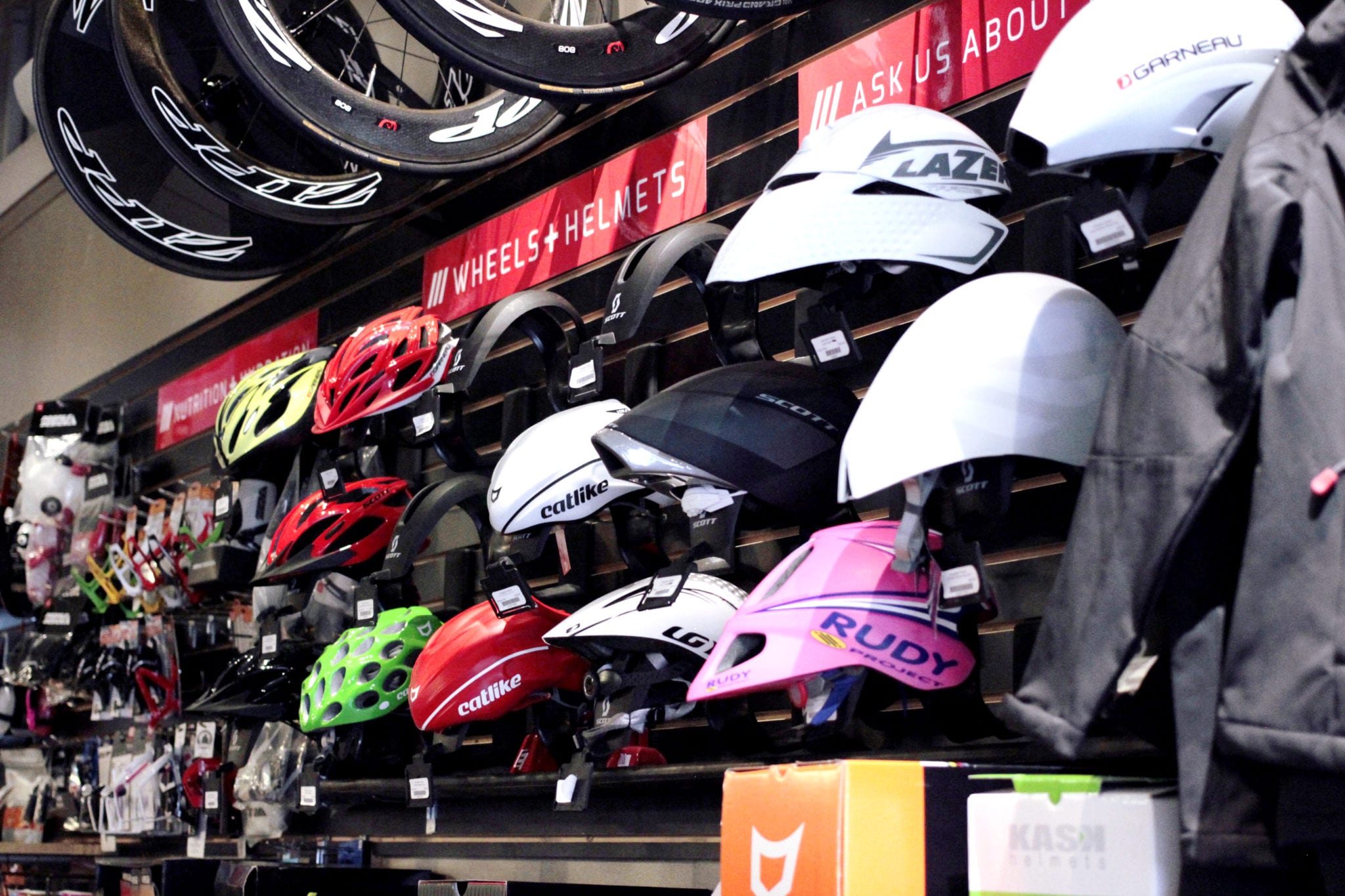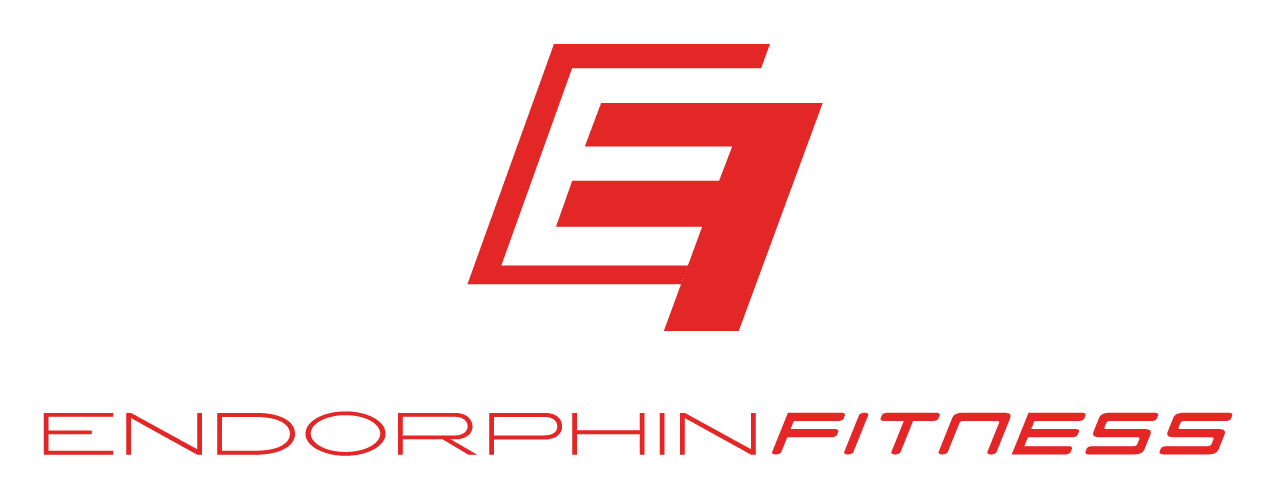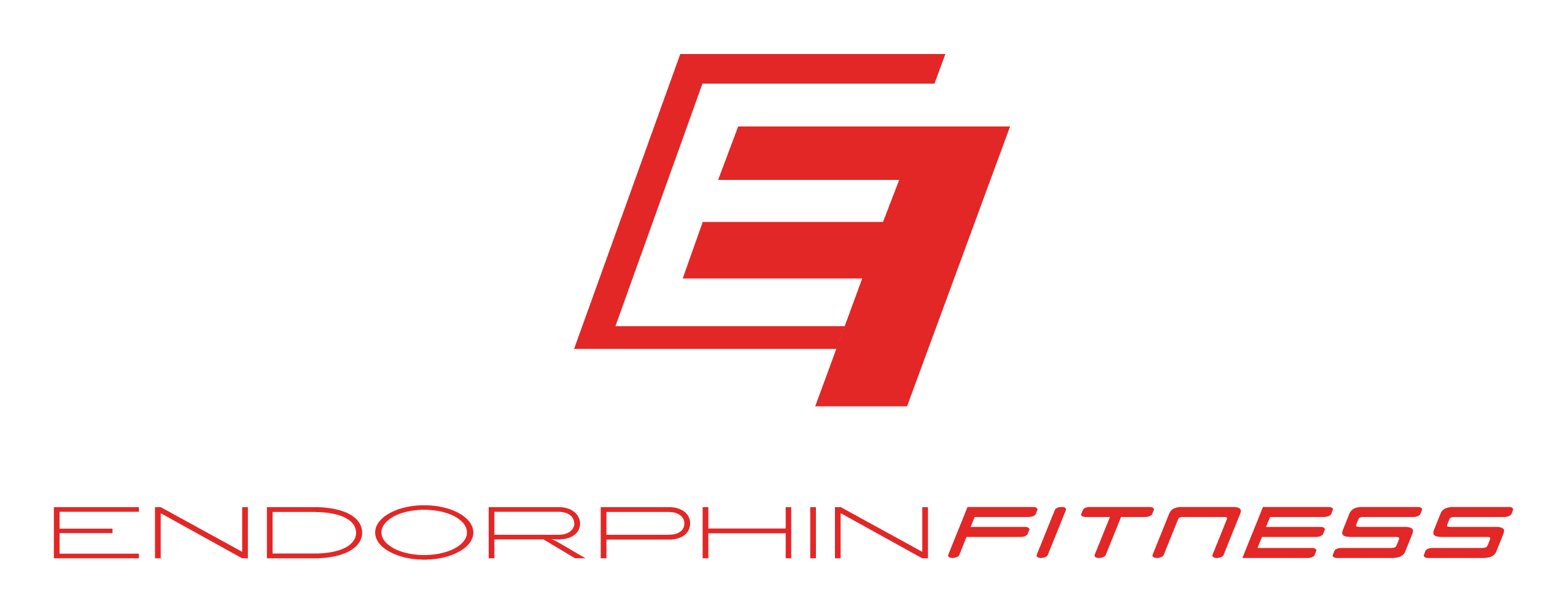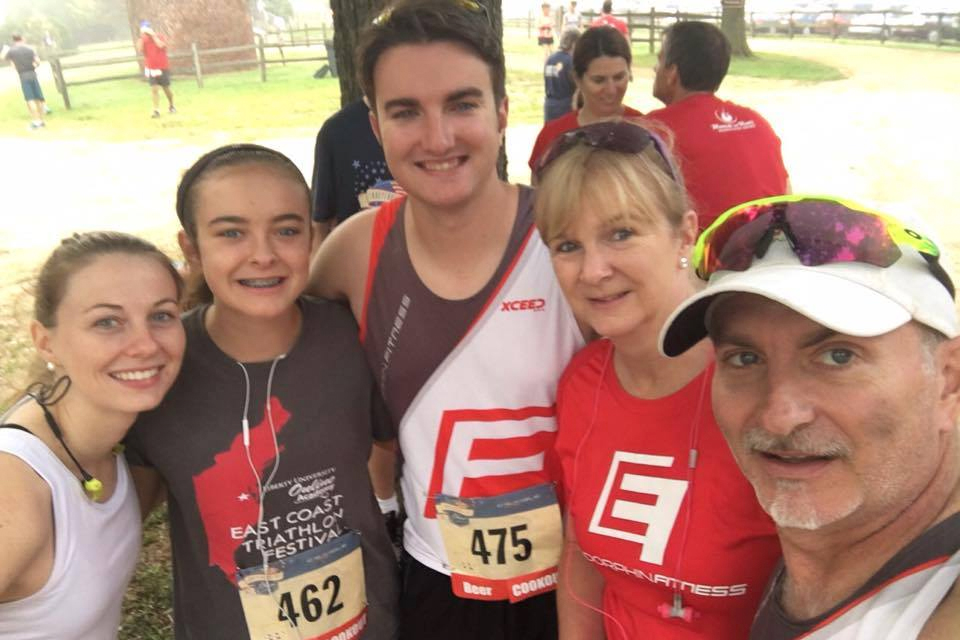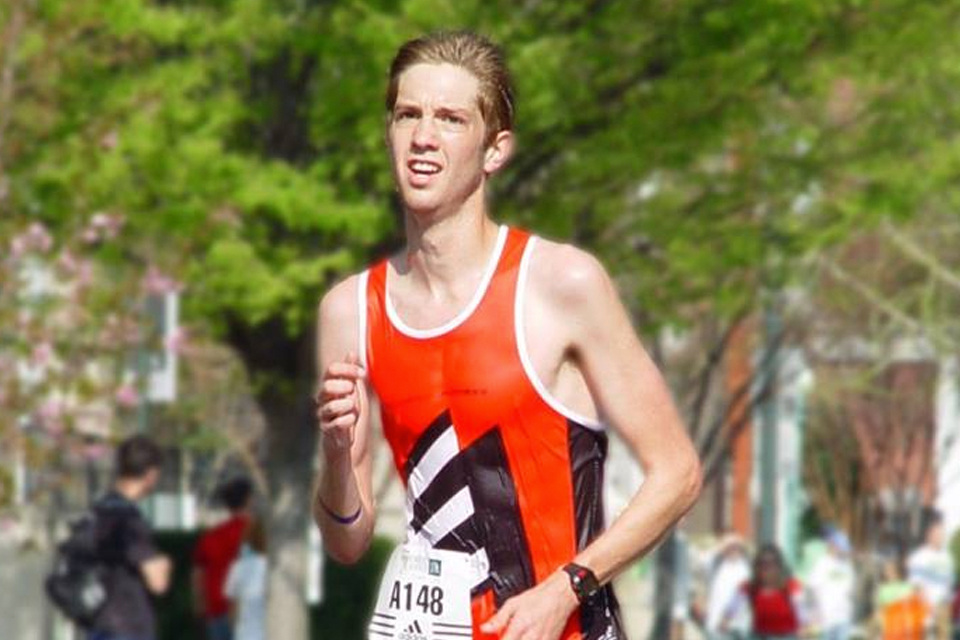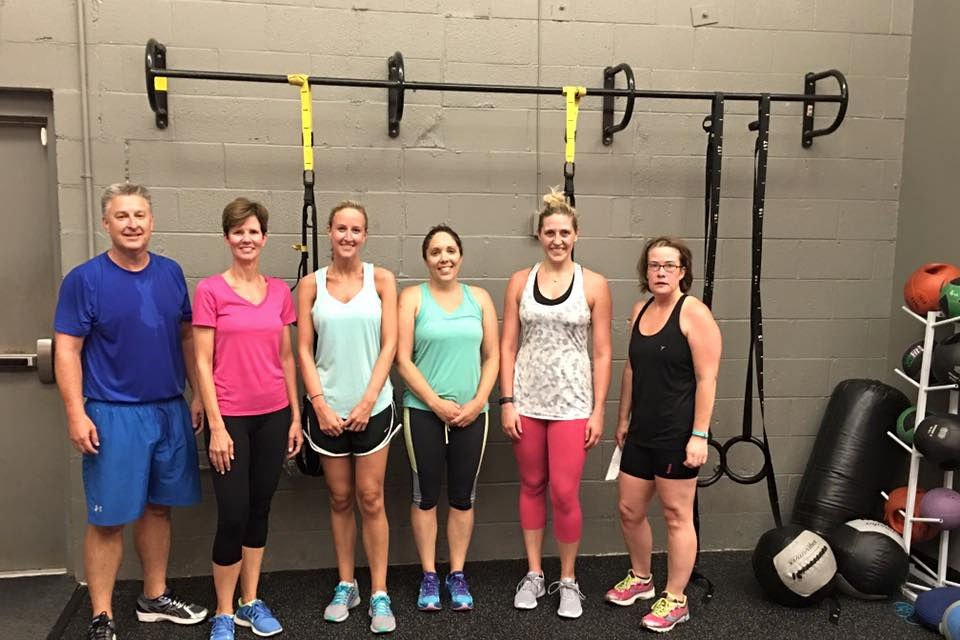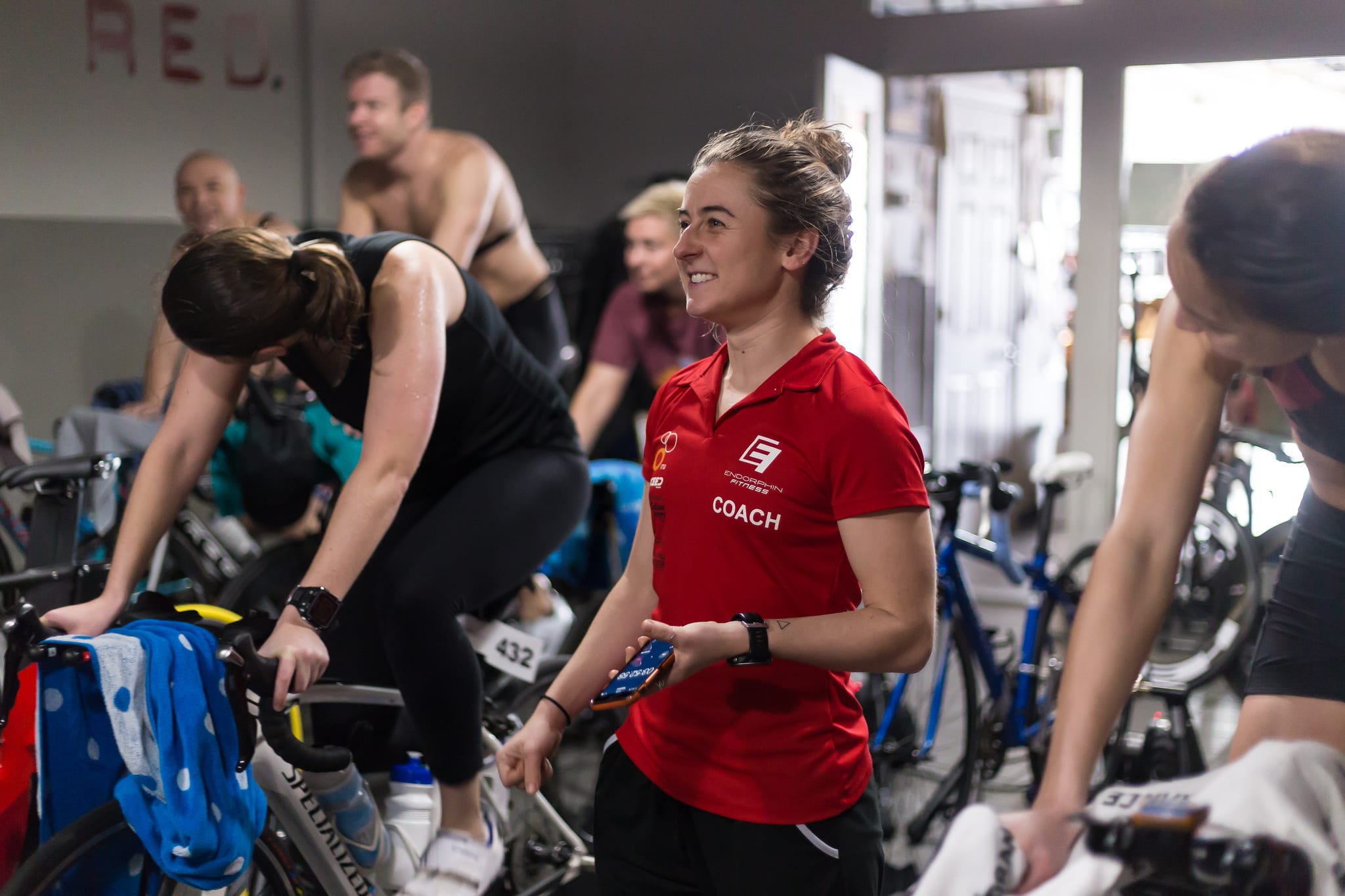As race season approaches, it is important that you begin to assemble the equipment you plan to use for the race season so that you can log some hours using this equipment.
In considering your equipment choices, you will want to make purchases that give you the most return (speed) for your investment. For triathletes, the primary concern in achieving greater speed is maximizing aerodynamics which allows you to go faster with less energy utilized (less watts). Weight is a consideration but should be far less of a concern for triathletes. In terms of upgrades, below is the order in which you should proceed. I will reference approximate watts saved for each item to quantify the savings. As a reference point, a twenty-five watt savings is equal to around a mile per hour in speed.
Bike Fit – If you have not had a professional bike fit (lengthy 1.5-2 hour process), start here. Your position on the bike is more valuable than any piece of equipment you can purchase. It enables you to maximize comfort and aerodynamics to get the most speed out of your body and equipment. 70% of aerodynamics is your position with a good fit saving you around 25-50 watts (1-2 mph). Therefore, start with finding your ideal position and then purchase equipment that enables you to better utilize that position. A good fit will also include a discussion on the right equipment for your individual position and needs.
Less Expensive Necessities – There are a few small items that every triathlete should have. These include proper race uniform, a race belt, and speed laces/cord locs on your shoes. These three items are less expensive than most items and allow you to save a lot of time in transition. The newer sleeved tri suits have been found to save cyclists around 25 watts (or 1 min) over a 40k TT. Race belts and speed laces could save you up to an additional minute in transition and are therefore no brainers.
Aero Bars – The primary benefit of aero bars is not the actual aero bar itself but rather the position it enables you to achieve. If you have a road bike, adding aero bars to your bike and getting a bike fit to get in the ideal position with these aero bars will gain you about 25 watts (or 1 mph). This should therefore be your first upgrade if you are currently using a traditional road bike with drop bars. With that said, just slapping aero bars on your bike without altering your position through a fit will result in little to no additional speed.
Aero Helmet – Though perceived as only for the speediest of triathletes, an aero helmet is something that any triathlete who desires faster race times should have. Compared to other upgrades, aero helmets are rather inexpensive ($75 – $200) but you receive a great return (around 10 watts or ½ mph) for this investment. I caution you to get expert counsel (and ideally a bike fit) before making an aero helmet choice as there are different aero helmet shapes for different positions.
Race Tires – Another rather inexpensive purchase, your tire choice can make a significant difference in your race times. This is quantified in rolling resistance with the fastest tires having the least rolling resistance. Depending on what you are upgrading from, tires can save you between 5-15 watts (around ½ mph) which is significant for such a small investment.
Race Wheels – Lighter, more aerodynamic wheels will save you around 10-20 watts (around ½ mph). Most triathletes jump to this purchase first, as it is the flashiest, but I recommend exhausting the options above first and then making this purchase as wheels are more expensive. When considering your wheel choice, consider aerodynamics first and weight second. Though deep rimmed wheels and disk wheels are not always the lightest (as they have more material), they are the fastest for triathletes cheating the wind.
Triathlon Bike – Purchasing a triathlon bike is a great step once you have made many of the above purchases and are ready to make a larger investment. Luckily, most of the above investments can be used in conjunction with or on your new triathlon bike. The most significant benefit of a triathlon bike is that it allows you to achieve your ideal aerodynamic position so oftentimes to achieve the first first item on this list (bike fit), you must purchase a tri bike earlier in the process. A road bike with less aggressive, slacker geometry can only get you so far toward your ideal position. A triathlon bike with a more forward position opens up many more options for an aerodynamic position. Beyond this, the tubing will be more aerodynamic as well, but this still only accounts for about 30% of the benefits of moving to a triathlon bike. It is very important when making a bike purchase to find the bike that fits your position best through the counsel of an expert fitter. At Endorphin Fitness, we use the Serotta Size Cycle to find your ideal position in space and then put a bike under you to support that position.
I hope this article helps you make more informed decisions on the most practical ways to buy speed.
